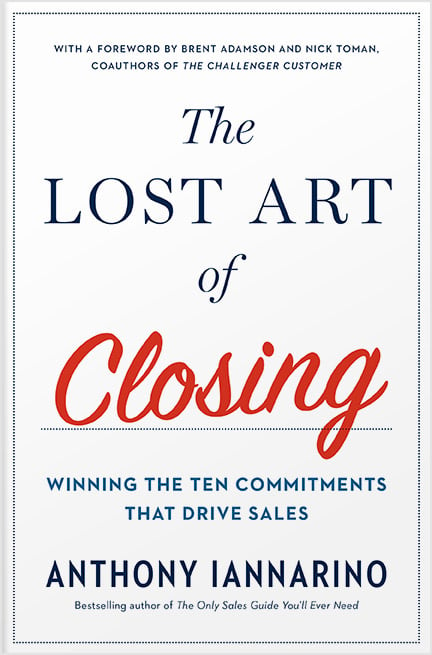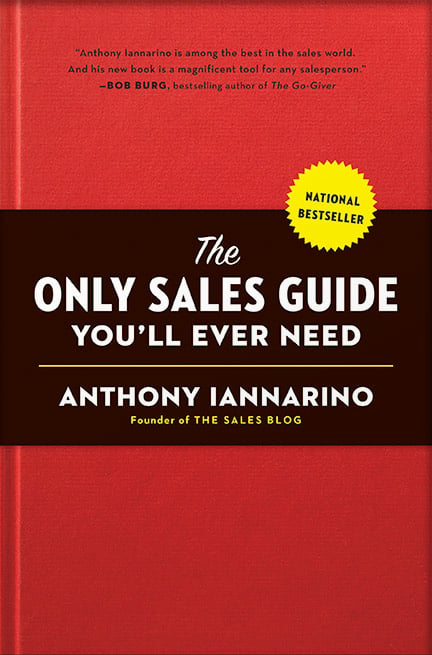The Gist:
- One of the primary obstacles to better results is a refusal to unlearn poor techniques.
- Many still believe that all that is needed to produce greater results is “more activity.”
- Unlearning and relearning is a better and more certain path to greater effectiveness.
“The illiterate of the 21st century will not be those who cannot read and write, but those who cannot learn, unlearn, and relearn.” ― Alvin Toffler.
The formula for revenue growth is quite simple: Existing Revenue – Churn + Net New Revenue. This formula can result in a positive or a negative number. When it results in a negative number, it is often because the formula for revenue growth requires a meta formula: Revenue Growth = Growth of Sales Effectiveness.

The Belief That More is Better than Better
The most common belief in sales is that more is better than better. The sales manager believes more calls is better than fewer, without any consideration for the overall effectiveness of the message and how it is communicated. The salesperson believes that more leads are better than fewer leads, regardless of the quality of the lead.
Those who have accomplished some end state we might call “better” are right to scale up their activity. But those who scale up before working on effectiveness are often disappointed by the lack of better results. The order here matters a great deal, and occasionally, you find yourself in a situation where “more” is wholly inadequate and “better” is the only way to boost your results.
Unrecognized Inflection Points
Andy Grove, the legendary and highly celebrated CEO of Intel, was fond of using the term inflection point. In mathematics, an inflection point is a place where a curve changes direction. In business, it’s a significant change or a turning point. Some inflection points are easily perceived, while others are so subtle that they are difficult to discern until they’re right on top of you.
In sales, the mounting evidence of one inflection point was mostly unrecognized around twenty years ago, except by those who noticed many more stakeholders in their sales meetings than they’d seen the year before. Their prospective clients started to create “task forces” to improve certain results, including the results of consensus, a critical success factor and the key to execution.
Other evidence emerged when decision-makers and decision-shapers started to discourage—or in some cases, forbid—PowerPoint presentations in sales meetings, having already lost too many hours of their lives to soul-stealing conversations about the salesperson’s company and their products. Instead, they wanted to “talk” and “ask questions.”
Not too much later, the commoditization of the discovery call and the endless search for a problem lost its luster, creating little or no value for the contacts who already understood that they had a problem. Decision-makers and decision-shapers started to ask for a different conversation.


Why Your Client’s Needs Have Changed
Your client’s world has grown more complex. It’s become more difficult for anyone to predict future results with any confidence, least of all the decision-makers charged with creating those results. When you don’t know what to expect, it is difficult to make decisions at all.
In the past, the dominant approaches to sales were designed to identify your client’s problem so that you could provide a solution. That approach was designed to help the client recognize the gap between their current state and their future state. Today, you are unlikely to find your contacts wholly unaware of their many problems or somehow oblivious to the gap between the results they need and their current performance.
The gaps that you now need to close for your clients have moved to different areas, the result of a series of inflection points: the rise of internet, the Dotcom Bubble of 2001, 9/11, The Great Recession, social media, social and political unrest, disruptive business models, and dozens of other factors that create a sense of uncertainty. In fact, I keep a very long list of key events, going back to the 1970s, that have changed or shaped our modern world in some meaningful ways. It provides a better understanding of the massive change over the past half-century and why we experience so much uncertainty.
Filling those gaps starts with clarifying your client’s world in a way that explains their experience and ends with something we might call “the certainty gap,” the fear that prevents decision-makers and their companies from moving confidently into the future.


Why Growth Evades Those Who Pursue More
Growth evades those who are unwilling to learn, unlearn, and relearn. Generally, people like to learn, even those of us who hated school. The reason growth is difficult for many is that they are unwilling to unlearn and relearn—a sort of mental fountain of youth, letting you see the world with new eyes and act accordingly. If you’re unwilling to exchange what you believe you know for new beliefs, a new understanding, and new behaviors, all you can look forward to is decline.
Now more than ever, our environment requires agility at the individual and organizational level. Both leaders and salespeople must recognize the inflection points that have changed the environment, especially since that change shows no sign of abating. There is little reason to think that you can meet your client’s needs using sales approaches that were designed for a different time and a different set of problems.
The meta formula that creates revenue growth is enabled by unlearning legacy approaches and relearning modern ones, a necessary step to serve your clients effectively and provide the conversations and help they need to advance their business. Those who are unwilling to unlearn will continue to struggle to grow—both personally and professionally.
Do Good Work:
- What do you need to unlearn to make room for something new?
- What do you need to relearn to improve your overall effectiveness?
- What beliefs do you hold so dear that they prevent you from changing?

Essential Reading!
Get my first book: The Only Sale Guide You'll Ever Need
"The USA Today bestseller by the star sales speaker and author of The Sales Blog that reveals how all salespeople can attain huge sales success through strategies backed by extensive research and experience."
Buy Now







.jpg?width=768&height=994&name=salescall-planner-ebook-v3-1-cover%20(1).jpg)


